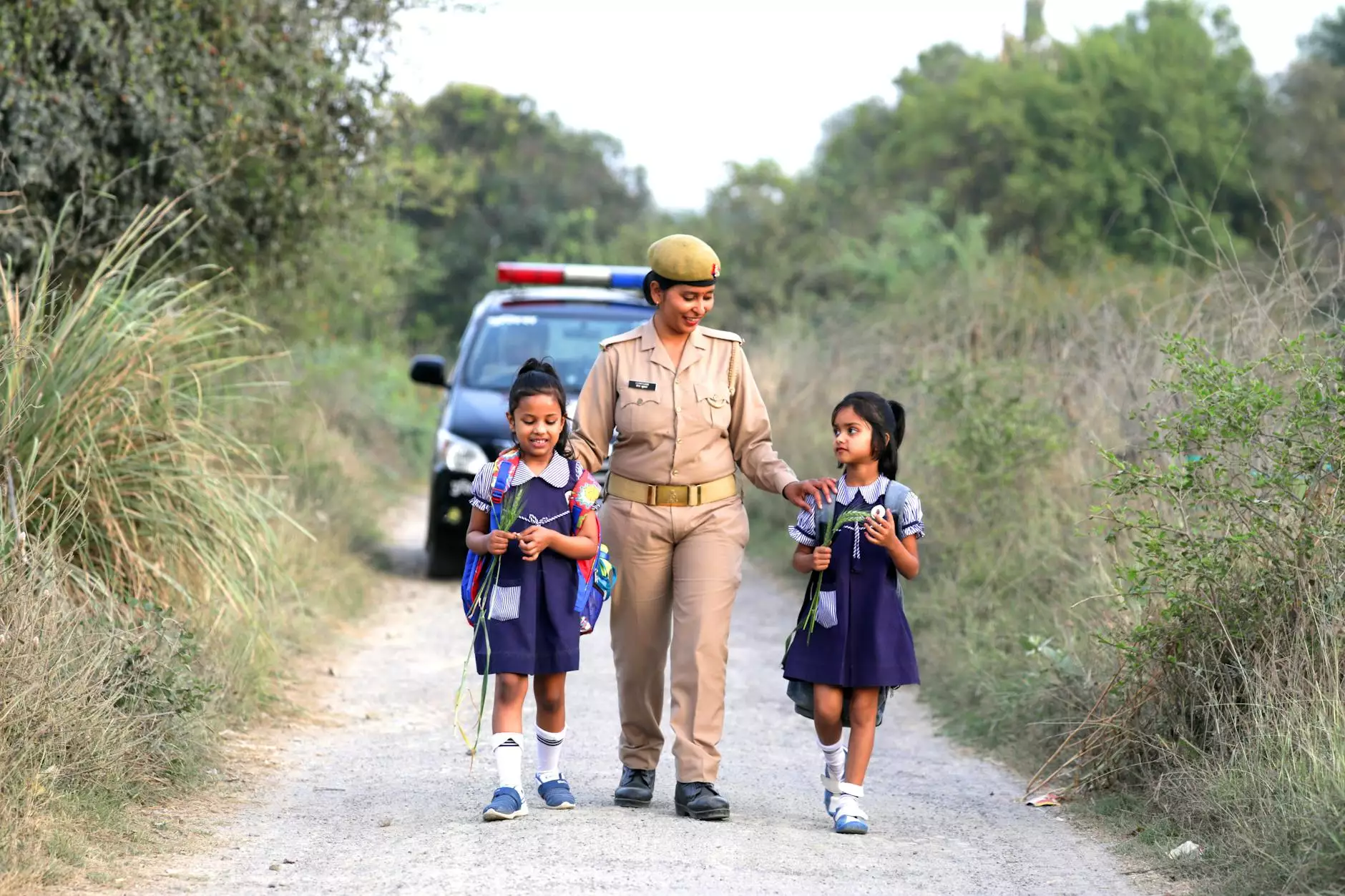Understanding Broken Rib Symptoms: A Comprehensive Guide

Broken ribs are a common injury that many individuals experience, often due to accidents or falls. Understanding the symptoms of a broken rib is crucial for timely diagnosis and treatment. In this article, we will delve deep into the symptoms, diagnostics, treatment options, and when to seek medical care. This comprehensive guide will ensure that you are well-informed about this condition and its implications on your health.
What Are Broken Ribs?
Broken ribs refer to fractures of one or more of the ribs in your rib cage. This can occur from various causes such as traumatic injuries (e.g., car accidents, sports injuries), falls, or intense coughing. Ribs protect vital organs, such as the lungs and heart, which is why a rib fracture is not just painful but can also lead to complications.
Common Symptoms of Broken Ribs
Recognizing the broken rib symptoms can help you identify the injury quickly. Here are the most common symptoms associated with broken ribs:
- Pain: A sharp, intense pain is usually felt at the site of the fracture. This pain may worsen with deep breathing, coughing, or sneezing.
- Bruising: Visible bruising may occur on the chest wall where the rib is broken.
- Swelling: The area around the broken rib may swell due to inflammation.
- Difficulty Breathing: The pain can make it uncomfortable to breathe deeply, potentially leading to shallow breathing.
- Crepitus: A grating sensation or sound when moving the rib cage may be felt.
- Skin Sensitivity: The skin over the area may be tender to the touch.
Causes of Broken Ribs
Understanding the causes of rib fractures can help in prevention and awareness. Some of the primary causes include:
- Trauma: This is the most common cause of broken ribs, including sports injuries, falls, or vehicle accidents.
- Osteoporosis: This condition weakens bones, making them more susceptible to fractures from minor incidents.
- Severe Coughing: Intense and frequent coughing can lead to stress fractures in the ribs.
- Heavy Lifting: Improper lifting techniques can strain the rib cage and cause fractures.
How Are Broken Ribs Diagnosed?
Diagnosis of a rib fracture begins with a thorough medical history and physical examination. The physician will look for signs of broken rib symptoms and may order imaging tests such as:
- X-rays: While helpful, they may not always show hairline fractures.
- CT Scans: These provide a more detailed view of the rib cage and can detect fractures that X-rays miss.
- MRI: This can evaluate the soft tissues around the ribs and ascertain if there are any associated injuries.
Complications of Broken Ribs
While many rib fractures heal without complications, there are potential risks that patients should be aware of:
- Pneumothorax: Air can leak into the space between the lung and chest wall, leading to lung collapse.
- Hemothorax: Blood can accumulate in the pleural space, which can be life-threatening.
- Pulmonary Contusion: Bruising of the lung tissue can cause breathing issues.
Treatment for Broken Ribs
Treatment options for broken ribs focus on pain management and ensuring the injury heals properly. Below are common treatment strategies:
1. Pain Management
Pain relief is crucial as it helps you breathe deeper and reduces the risk of complications, such as pneumonia. Over-the-counter medications or prescribed pain relievers may be used.
2. Rest and Activity Modification
Limiting physical activity and allowing your body to rest is essential for recovery. Gentle movements are encouraged, but high-intensity activities should be avoided.
3. Breathing Exercises
To help prevent lung complications, practitioners may recommend gentle breathing exercises.
4. Avoiding Wrapping
Unlike in the past, wrapping the chest is no longer recommended as it can restrict breathing and increase the risk of pneumonia.
5. Surgery (if necessary)
In rare cases, surgery may be required to repair severely fractured ribs or if there are complications like a pneumothorax.
The Recovery Process
The recovery time for broken ribs varies, typically ranging from 6 to 8 weeks. During this period, it is crucial to monitor your symptoms closely. If you experience increased pain, breathing difficulties, or signs of infection, seeking medical attention at neumarksurgery.com is essential.
Preventing Broken Ribs
Preventive measures can significantly reduce the risk of rib fractures. Consider the following:
- Practice Safety: Use seat belts, wear protective gear during sports, and eliminate hazards in your home to prevent falls.
- Maintain Bone Health: Ensure adequate calcium and vitamin D intake through diet or supplementation to strengthen bones.
- Exercise Regularly: Engage in weight-bearing exercises to improve overall strength and bone density.
When to Seek Medical Attention
If you suspect a broken rib, it is vital to consult a healthcare professional. Additionally, you should seek immediate medical attention if you experience:
- Severe difficulty breathing
- Coughing up blood
- Intense or worsening chest pain
- Symptoms of a pneumothorax or hemothorax
Conclusion
Understanding the broken rib symptoms and their implications can empower you to take proactive measures for your health. Should you experience any symptoms or require treatment, neumarksurgery.com is here to help guide you through your recovery. Your health is our priority, and with the right knowledge and care, you can return to your normal activities safely and effectively.
© 2023 Neumark Surgery. All rights reserved.



